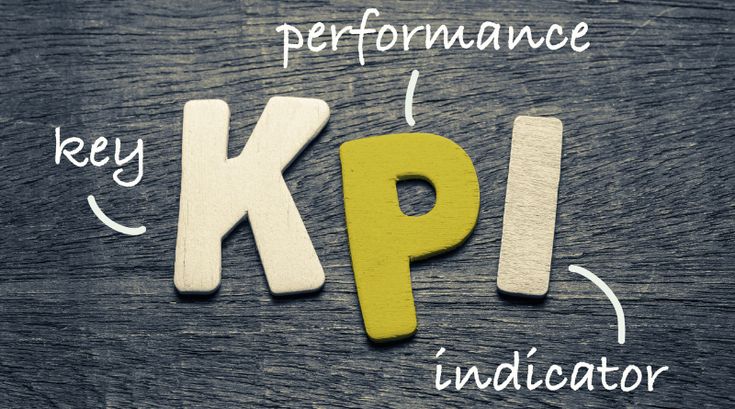App marketing is a multifaceted process that involves driving downloads, increasing user engagement, improving retention, and optimizing monetization strategies. To ensure success, marketers need to track and measure Key Performance Indicators (KPIs) that align with their goals. These KPIs provide valuable insights into the effectiveness of marketing efforts, highlight areas for improvement, and help achieve sustainable growth.
In this guide, we’ll explore the critical KPIs for app marketing in detail, breaking them down into categories based on the app marketing funnel: awareness, acquisition, engagement, retention, and monetization.
1. Awareness KPIs
These KPIs measure how effectively your app is gaining visibility in the market. Awareness is the first step in attracting potential users.
1.1 Impressions
Impressions represent the number of times your app’s advertisements, app store listing, or promotional materials are seen by potential users. High impressions indicate strong visibility, but they need to translate into actions for meaningful results.
- How to measure: Impressions from app store analytics, ad campaigns, and social media posts.
- Strategies to improve: Optimize ad creatives, leverage App Store Optimization (ASO), and increase social media activity.
1.2 Click-Through Rate (CTR)
CTR measures the percentage of users who click on your ad or app store listing after seeing it. A high CTR indicates that your creatives and messaging are resonating with your target audience.
- How to improve: Test ad creatives through A/B testing, optimize headlines, and target the right audience segments.
1.3 Share of Voice (SOV)
SOV measures your app’s visibility compared to competitors in your niche. It reflects the strength of your marketing campaigns relative to others in your industry.
- How to measure: Tools like Google Trends, competitor analysis, and ad analytics.
- Acquisition KPIs
Acquisition KPIs track the success of your efforts to convert potential users into actual app downloads.
2.1 App Downloads
This is the most direct and fundamental KPI in app marketing. However, focusing solely on downloads without evaluating the quality of these users can be misleading.
- Strategies to improve: Run targeted ad campaigns, partner with influencers, and optimize app store pages.
2.2 Cost Per Install (CPI)
CPI indicates the cost of acquiring a single app user through paid advertising. Lower CPI suggests better cost efficiency in your campaigns.
- Strategies to reduce CPI: Improve ad targeting, optimize ad creatives, and prioritize high-performing ad networks.
2.3 Conversion Rate (CR)
CR measures the percentage of users who take the desired action (e.g., download the app) after interacting with your marketing materials.
- How to improve: Simplify the app store listing, use persuasive CTAs, and focus on user-centric messaging.
3. Engagement KPIs
Engagement KPIs help measure how actively users interact with your app. High engagement often correlates with better user satisfaction and long-term retention.
3.1 Daily Active Users (DAU)
DAU refers to the number of unique users who engage with your app daily. It indicates the app’s stickiness and relevance in users’ daily lives.
- Strategies to improve: Use push notifications, gamification, and in-app promotions to encourage daily use.
3.2 Monthly Active Users (MAU)
MAU tracks the number of unique users who engage with your app over a month. Combined with DAU, it helps calculate the DAU/MAU ratio (stickiness).
- Goal: A higher stickiness percentage indicates better retention and engagement.
3.3 Session Duration
This KPI measures the average time users spend on your app in a single session. Longer session durations typically indicate higher engagement.
- Strategies to improve: Enhance the app’s user experience (UX), offer personalized content, and reduce in-app distractions.
3.4 Screen Flow
Screen flow analyzes user navigation paths within the app. It helps identify which screens retain users and which cause drop-offs.
- How to use: Optimize problematic screens to streamline navigation and retain users.
4. Retention KPIs
Retention KPIs highlight how well your app keeps users coming back after their initial download.
4.1 Retention Rate
Retention rate measures the percentage of users who return to your app after their first session over a specific period.
- How to improve: Offer value consistently, create loyalty programs, and provide regular updates.
4.2 Churn Rate
Churn rate is the inverse of retention rate. It indicates the percentage of users who stop using your app within a given period.
- Strategies to reduce churn: Use surveys to gather feedback, address user pain points, and personalize the user experience.
4.3 Uninstall Rate
This KPI measures the percentage of users who uninstall your app after downloading it.
- How to track: Use analytics tools to monitor uninstall trends and correlate them with app updates or marketing efforts.
- Strategies to reduce: Ensure your app delivers on its promise, optimize app performance, and avoid intrusive ads.
5. Monetization KPIs
Monetization KPIs track how effectively your app generates revenue.
5.1 Average Revenue Per User (ARPU)
ARPU measures the average revenue generated by each active user over a specific period.
- Strategies to improve: Introduce tiered pricing models, upsell premium features, and use targeted in-app ads.
5.2 Lifetime Value (LTV)
LTV estimates the total revenue you can expect from a single user throughout their relationship with your app. It’s critical for determining profitability.
- How to increase: Focus on retention strategies, cross-sell related services, and optimize in-app purchases.
5.3 Return on Investment (ROI)
ROI measures the profitability of your app marketing campaigns.
- Strategies to improve: Focus on high-performing channels, minimize CPI, and prioritize campaigns with the highest ROI.
6. Advanced KPIs
With advancements in analytics, apps can now track KPIs that go beyond traditional metrics.
6.1 Customer Acquisition Cost (CAC)
CAC measures how much it costs to acquire a new user.
- Strategies to lower CAC: Focus on organic growth channels and retarget existing users.
6.2 User Segmentation Metrics
Segment users based on demographics, behavior, or preferences to personalize marketing campaigns and in-app experiences.
Conclusion
Tracking and analyzing KPIs is crucial for the success of any app marketing strategy. By focusing on awareness, acquisition, engagement, retention, and monetization KPIs, app developers and marketers can identify areas for improvement, optimize user experiences, and maximize revenue. In 2025, data-driven decision-making, combined with a user-first approach, will remain at the heart of effective app marketing strategies.




